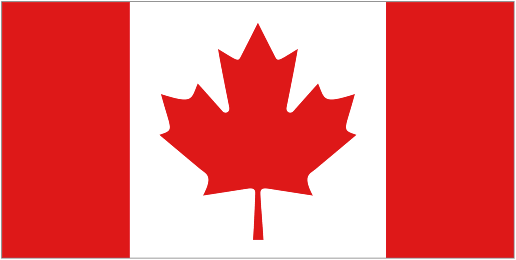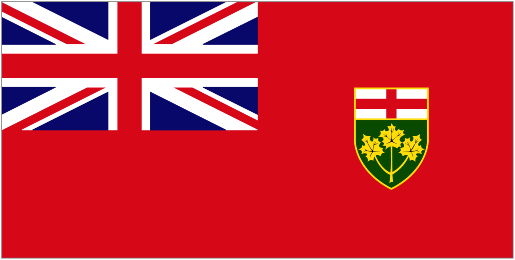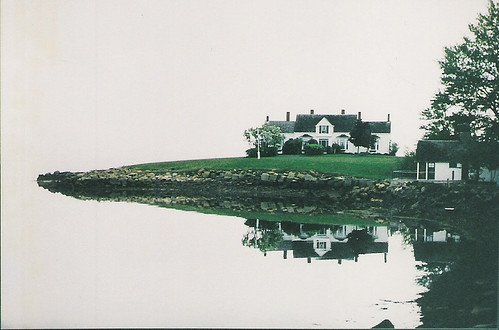
|
  Early 2004 - Canadian Museum of Hindu Civilization (CMOHC), 8640 Yonge Street, Richmond Hill, Toronto, Ontario (Canada). "Dedicated to world peace." "First knowledge-based museum dedicated to showcasing Hinduism in North America." Cost $5 million. Has a Wall of Peace depicting "the personalities & symbols of major religion [sic] -- Lord Mahavir of Jainism, Lord Buddha,
Lord Jesus Christ,
Shri Guru Nanak of Sikhism,
Star of David,
Symbol of Islam,
Martin Luther King,
Mahatma Gandhi,
Nelson Mandela &
Symbol of Hinduism." Early 2004 - Canadian Museum of Hindu Civilization (CMOHC), 8640 Yonge Street, Richmond Hill, Toronto, Ontario (Canada). "Dedicated to world peace." "First knowledge-based museum dedicated to showcasing Hinduism in North America." Cost $5 million. Has a Wall of Peace depicting "the personalities & symbols of major religion [sic] -- Lord Mahavir of Jainism, Lord Buddha,
Lord Jesus Christ,
Shri Guru Nanak of Sikhism,
Star of David,
Symbol of Islam,
Martin Luther King,
Mahatma Gandhi,
Nelson Mandela &
Symbol of Hinduism."
|
 |
  Date? - Statue of Mahatma Gandhi, Vishnu Mandir Hindu Temple, Toronto, Ontario (Canada).
Adjacent to CMOHC. Date? - Statue of Mahatma Gandhi, Vishnu Mandir Hindu Temple, Toronto, Ontario (Canada).
Adjacent to CMOHC.
|





















